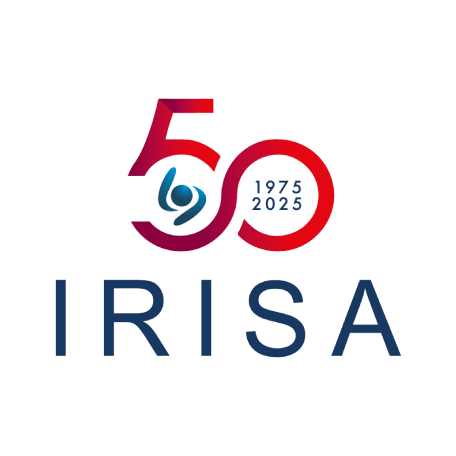OCIF, Communicating Objects for the Future Internet
The goal of this project is to define, evaluate and validate protocol architectures related to the Internet of Things, in order to integrate and evolve existing network models. Over the years, the Internet has demonstrated its evolutionary capacities, from a university network allowing to test datagram concepts on a large scale, it has become the universal protocol for interconnecting computer equipment. The architecture, represented in the form of an hourglass, leads to a simple to implement protocol facilitating relaying, interconnection of networks, adaptation of applications and relatively easy porting on the lower layers, while being independent.
Several works have sought to evolve the architecture of the Internet either in a disruptive way, better known as Clean Slate, or in a more incremental way. This ability to evolve is largely blocked by the constraints induced by the management of address scarcity or security mechanisms such as firewalls. Contrary to the clean-slate approach which, by completely redefining new architectures, led to rebuilding network architectures ex nihilo, OCIF conciders a more evolutionary approach, compatible with the existing one, but not prohibiting architectural breaks when these are necessary.
The aim of this architecture is twofold: to allow the exchange of information between any two pieces of equipment, but also to introduce the architectural bricks that, at all levels, will also make it possible to control the possible exchanges. The Internet of Things and intelligent transportation have shown the limits of the current model, both in terms of mobility management, the creation of spontaneous networks, the consideration of energetic constraints and the introduction of strict constraints related to the safety of services and their confinement.
Fields of research
The OCIF project can be divided into three research areas around the IP protocol and two application areas. The latter allow to define the needs and constraints of the Internet networks of the future and also as a field of experimentation to validate the developed concepts.
- The architecture of the Internet: to define the architectural evolutions of the Internet, taking into account the strategies of the various actors.
- Auto-configuration: mesh, home network, mobility
- Containment
Application areas
- Energy Management
- Intelligent Transportation
